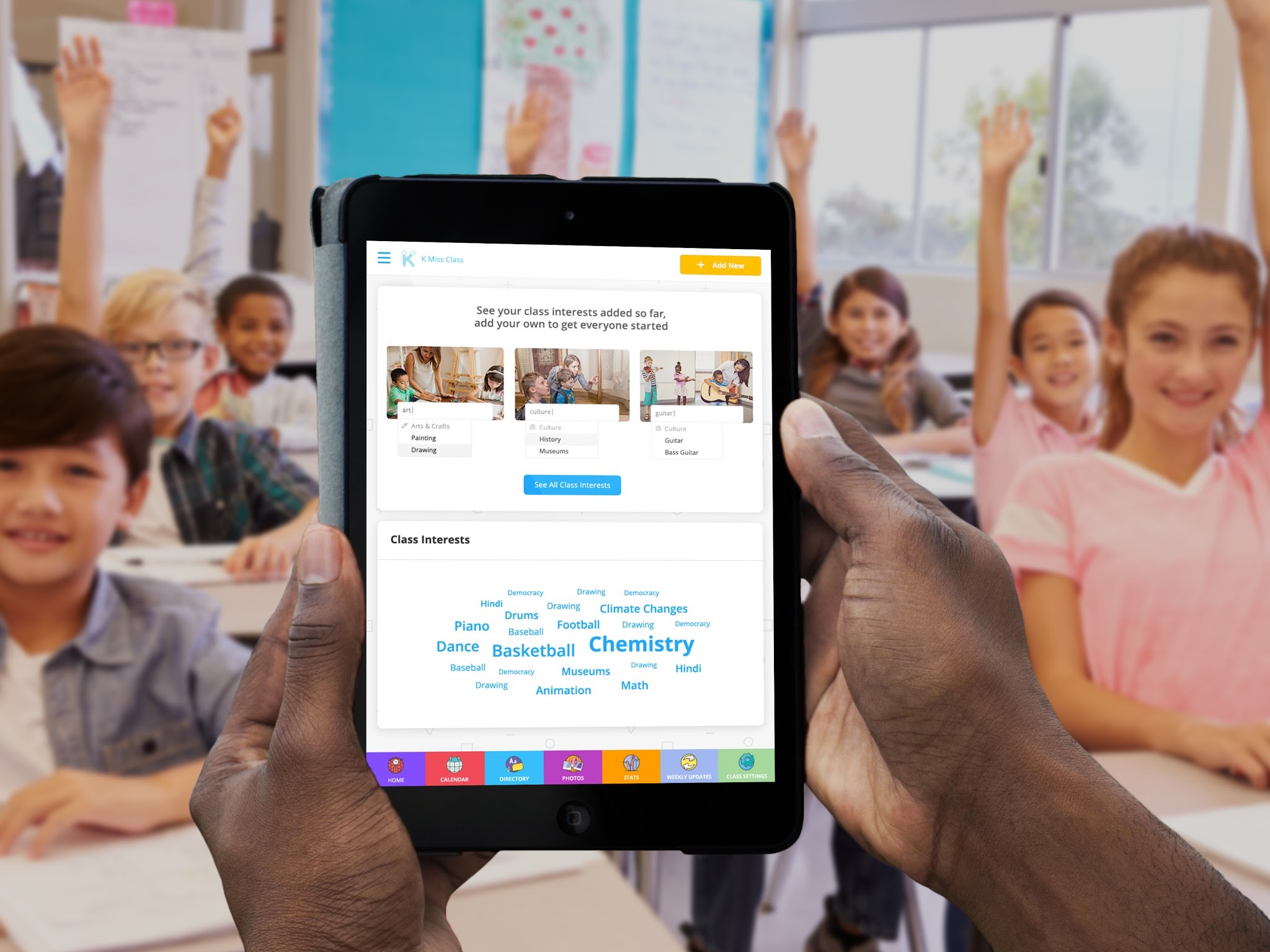Are you looking for strategies to help students who have trouble identifying supporting details while reading? If so, keep reading.
1. Get the student to find the main idea of each paragraph. Then have the student list all information from the paragraph that relates to the main idea.
2. Teach the student mapping techniques to find supporting details.
3. Give the student a diagram in which supporting details are like the legs of a bug. The student can learn to make “bug notes” in this way: An oval shape is the bug’s body on which the teacher writes the main idea of a paragraph. Then each supporting detail is written on a line coming out from the oval. These represent the bug’s legs. The number of legs each bug has depends on the number of supporting details there are for a given topic.
4. Get the student to pretend to be a detective and play the game Prove It. After reading a selection, the main idea is determined and written on the smartboard. The student must “prove it” by telling the supporting details that were discovered in the reading selection.
5. Praise the student for identifying supporting details: (a) give the student a concrete reward (e.g., privileges such as leading the line, handing out learning materials, 10 minutes of free time, etc.) or (b) give the student an informal reward (e.g., praise, handshake, smile, etc.).
6. Converse with the student to explain: (a) what the student is doing wrong and (b) what the student should be doing.
7. Connect with parents (e.g., notes home, phone calls, etc.) to disseminate information about the student’s progress. The parents may reinforce the student at home for discovering supporting details at school.
8. Get the student to question any directions, explanations, and instructions not grasped.
9. Assess the appropriateness of the task to ascertain (a) if the task is too complicated and (b) if the duration of time scheduled to finish the task is sufficient.
10. Select a peer to model discovering supporting details for the student and to assist the student with instructions, etc.
11. Indicate what is to be done for the conclusion of the task (e.g., indicate definite starting and stopping points, indicate minimum requirements, etc.).
12. Get the student to be a peer tutor to teach another student a concept they have learned.
13. Consider using AI to teach reading comprehension.
14. Consider using Alexa to teach reading skills.
15. Try using one of our many apps designed to teach literacy skills and help students with reading issues:
10 Apps That Teach Your Child to Read
7 Must-Have Apps to Make Learners Love Reading
7 Must-Have Phonics Apps and Tools
9 Reading Apps and Tools for the Elementary Classroom
The Tech Edvocate’s List of 24 Literacy Apps, Tools & Resources





